White Dawn Climbing Rose
$32.00 Original price was: $32.00.$19.90Current price is: $19.90.
Genus:Rosa
Item Form:2-Quart
Zone:5 – 9
Bloom Start to End:Late Spring – Late Fall
Habit:Climbing
Plant Height:6 ft – 8 ft
Plant Width:3 ft;Bloom Size:3 in;Petal Count:35
Additional Characteristics:Arches,Bloom First Year,Free Bloomer,Heirloom,Long Bloomers,Pruning Recommended,Repeat Bloomer,Trellises
Bloom Color:White;Bud Shape:Classic,Ovoid;Flower Shape:Double,High-centered,Old-fashioned,Ruffled
Foliage Color:Dark Green,Leathery;Fragrance:Gardenia,Moderate
Light Requirements:Full Sun
Moisture Requirements:Moist, well-drained
Resistance:Disease Resistant,Heat Tolerant,Humidity Tolerant
Soil Tolerance:Normal, loamy
Uses:Beds,Landscapes,Vines and Climbers,Hawaii,Idaho
Long before the Knock Out shrubs came onto the scene, blackspot was already taking a beating from a certain climbing rose with the vigor and size of a mighty rambler. White Dawn was introduced in 1949, and its lush, healthy foliage gets almost as much attention as its double-flowered ivory white blooms and gardenia fragrance.
This fast-growing rose is out to blanket trellises, arbors, pergolas, and fences with long, elegant canes studded with dark green leaves and beautiful blooms. Reaching up to 8 feet high and 3 feet wide, it’s the one you want when you have a large structure that needs some living color. The flowers begin opening from pointed, ovoid buds as soon as the summer weather arrives, and continue right up to frost in many climates.
The flowers are often compared to gardenias, probably because of their soft white (a shade that used to be called moonlight) petals and rich, evocative gardenia scent. They sport perfect hybrid tea form, ruffling nicely as they slowly unfurl from a high center. Fully 3 inches wide, they are long-lasting in the vase as well as on the shrub, but who can bear to cut too many when they perfume and beautify the sunny garden so wonderfully?
And the blooms repeat all season, in waves, with a few weeks’ rest between each bout. The earliest blooms are the most profuse, but White Dawn outlasts most others when it comes to fall flowers. A little chill in the air is no problem for this ultra-hardy beauty.
The child of New Dawn (a pale pink climber) and Lily Pons, White Dawn was introduced by American breeder L. E. Longley in 1949. We do not know why it isn’t more widely used in American gardens, for its blackspot resistance sets it apart, and its vigorous rambler-like habit is a great boon. We are proud to make it available this season.
| Weight | 1 kg |
|---|---|
| Dimensions | 1 × 1 × 1 cm |
Shipping Time
Shipping is an additional 15-35 business days depending on location. Shipping time will be provided at checkout.
Returns
If seeds fail to leave China, we will refund your payment 100%. But if seeds fail to reach you due to customs problem on your side which we were not informed in advance, we will not be able to bear any loss, and no refund will be made.
We sell only viable plants seeds online, and test germination of our seeds from time to time. So we will not be able to refund for seeds that clients fail to germinate, unless we are convinced that it's truly problem of our seeds.
———
Please send us an email: [email protected] and be as detailed as possible while filling in the information.
After submission, We will reply to you within 24 hours. Please be patient.
———
CHARGEBACKS & DISPUTES
Please contact us by email before opening a merchant chargeback or payment dispute, as we can generally resolve the issue before that takes place. Any chargebacks and disputes disable our ability to issue refunds or credits due to funds being frozen.
———
REFUND, EXCHANGE AND RETURN
Customers have the right to request a refund/ return/ exchange within 14 days from the delivery date. Our Customer Service team will offer the best solutions for specific situations.

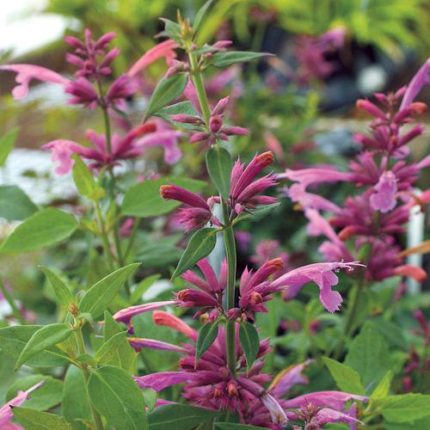
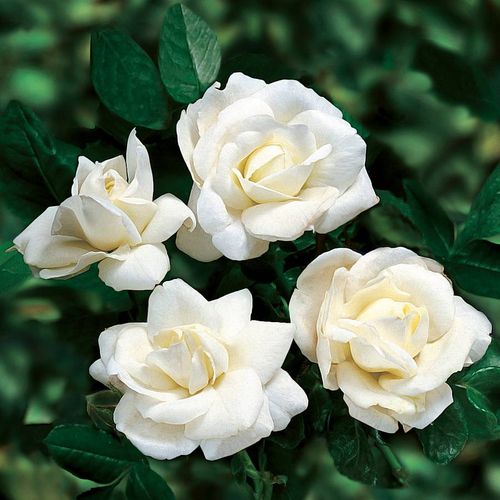
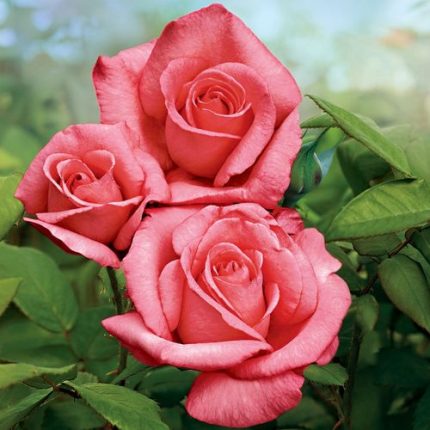
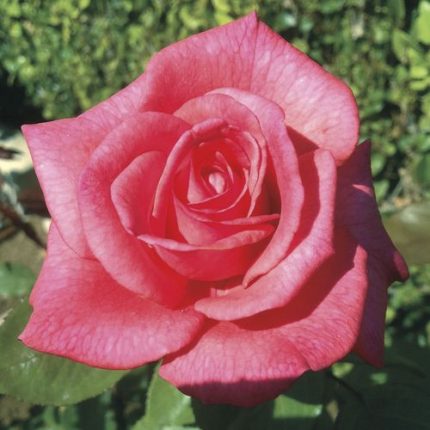
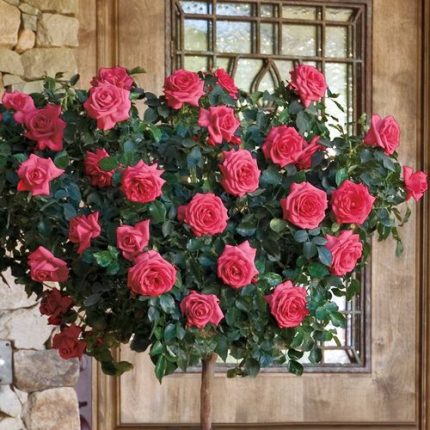
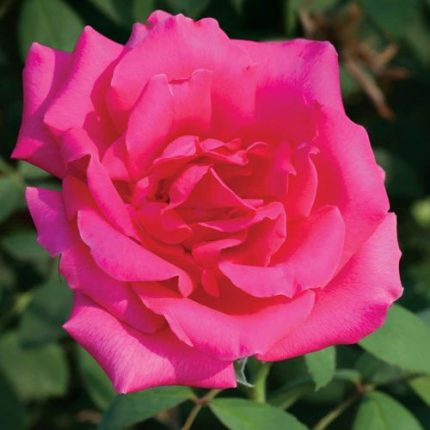
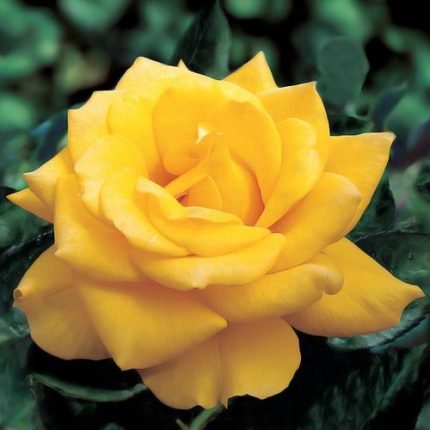
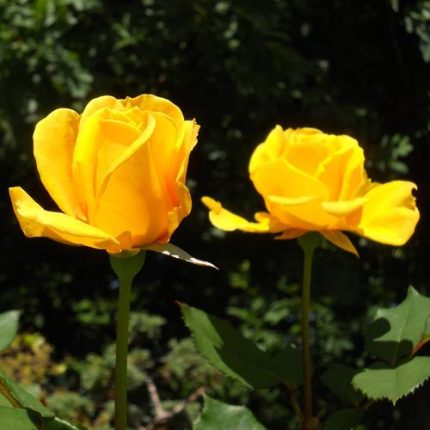
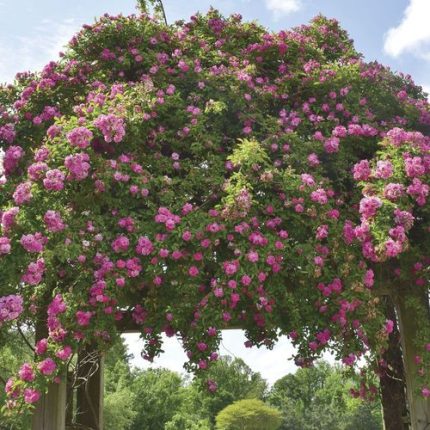
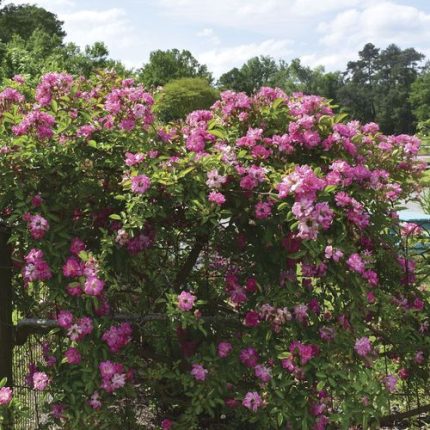

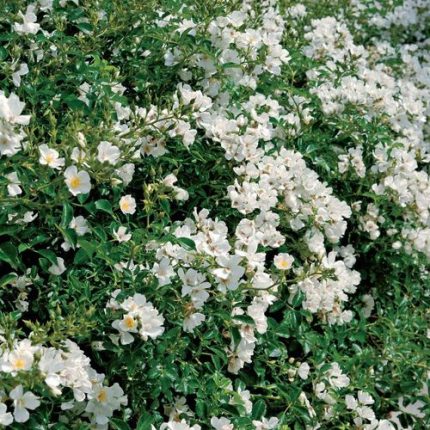
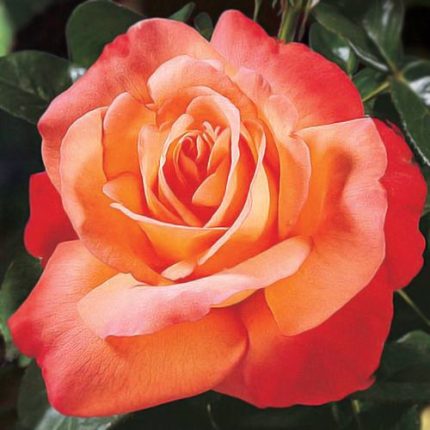
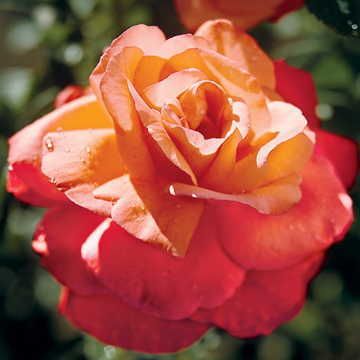
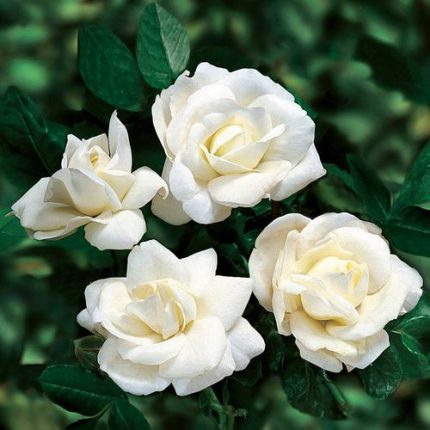
Reviews
There are no reviews yet.